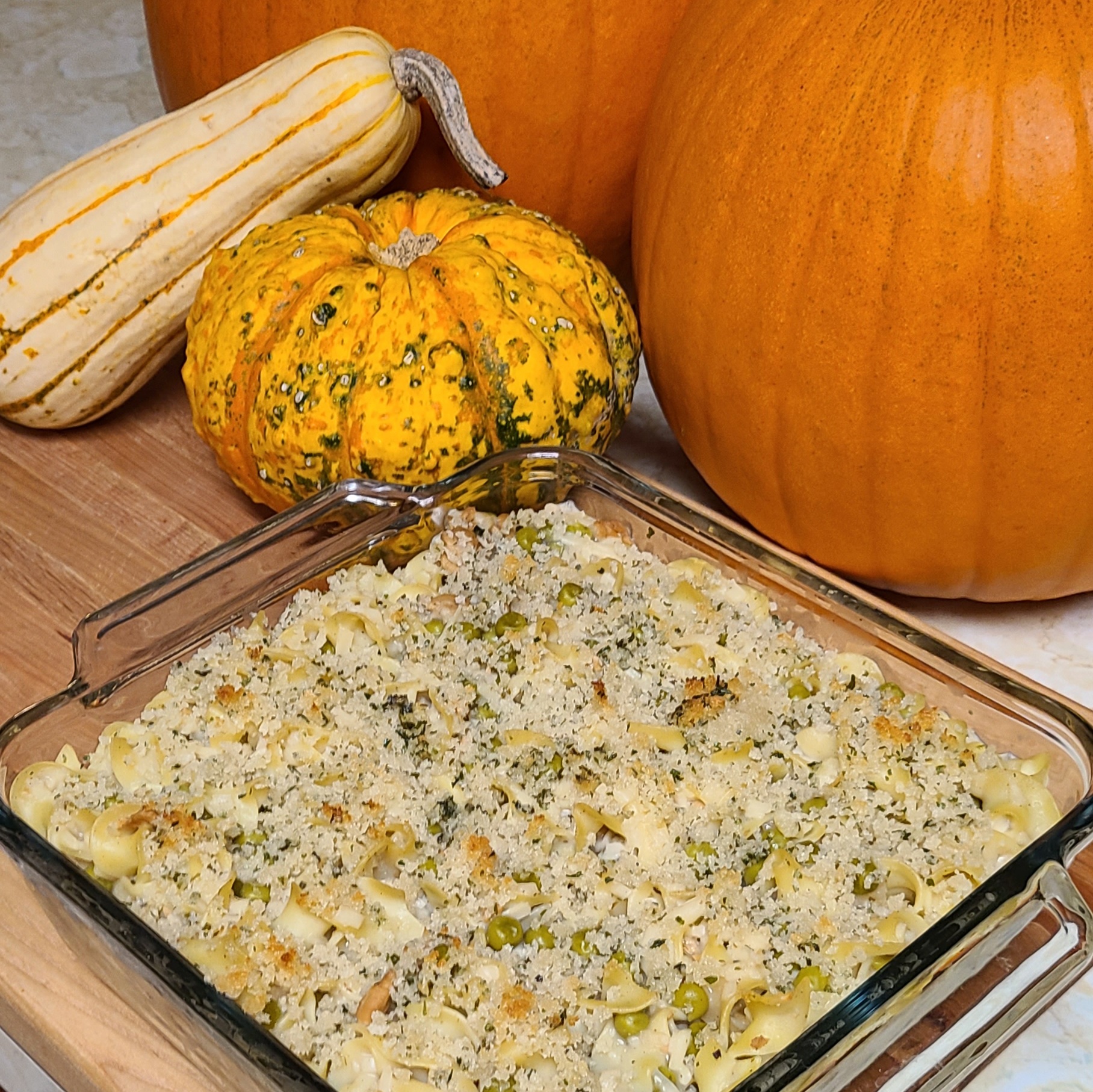Menagerie of Canned Meats

“I have given you green herb for meat” Genesis 1:29-30

Meaning of Meat
The meaning of the word Meat as defined by Websters is as follows. FOOD: especially: solid food as distinguished from drink. The edible part of something as distinguished from its covering (such as a husk or shell). Archaic: meal or dinner.
Many things then fall under the purview of the term MEAT then. When thinking of meat, think of protein as the main source of nutrition sought after in what is traditionally thought of as meat, animal flesh. This will help you further navigate the world of shelf-stable proteins.
Along with canned meats or proteins, there are also freeze-dried, dehydrated, and salted or cured meats. There are also many plant-based options now on the market that are shelf-stable as well. The most common being tuna-less vegan canned meat. Seems a bit of an oxymoron but for the plant-based person, it makes complete sense.

Preservation of Proteins
The history of preserving meats goes all the way back to the 18th century in Italy and one Lazzaro Spallanzani who discovered hermetic closure with boiling water but did not continue his research further. It was a year later when the French pastry chef Nicolas Appert invented the method of vacuum sterilizing jars. This wasn’t patented until 1810 by The British John Hall and Bryan Donkin, replacing the glass with tin-plated containers.
Before canned and tinned foods, meats were preserved via drying, salting, or smoking. By 1813 canned food becomes available to the public. The first actual tin on board a ship came in 1818, thanks to another Englishman, John Ross, who introduced Donkin & Gamble’s tinned meat and vegetable cans. A few years later, from 1845 to 1847, it was precisely those cans that fed the crews of Sir John Franklin’s ships, headed for the North Pole and which had been trapped in the glaciers for two years.
It wasn’t until 1858 that Ezra Warner of Waterbury, Connecticut patented the first can opener. The U.S. military used it during the Civil War. In 1866, J. Osterhoudt patented the tin can with a key opener found on sardine cans. Tin production in the United States only began in 1870. In 1890 Dr. J.H. Kellogg founded Loma Linda foods. A plant-based company dedicated to creating delicious plant-based seafood, complete meals, meal starters, and egg substitutes.

The Convenience of Canned Meat
The benefits to canned meat will be less about nutrition, though canning does retain much of the food’s nutrients, and more about the convenience of canned meats. As there are many types of meats and proteins one can store it would be difficult to cover all of them individually in one article. So we will move on to the convenience of having these products on hand.
Many of the advances of civilization has been through its access to food. Carbohydrates are one and Proteins are the other. Many do not know that proteins can be found in almost all foods. Protein deficiency is a rare nutrient deficiency today. We know today that it is virtually impossible to design a calorie-sufficient diet, whether it is based on meat, fish, eggs, various vegetarian diets, or even unprocessed whole natural plant foods, which is lacking in protein and any of the amino acids. The body is capable of taking incomplete proteins and making them complete by utilizing the amino acid recycling mechanism.
The convenience of preserved proteins is that it makes emergency situations easier to handle. The power going out will not affect the canned foods. They can store for months if not years on a shelf. They are portable and need little to no preparation. And the only tool you’ll need is a can opener. Well, maybe a fork or spoon and a way to heat it up if you want. And they make meal preparation simple and quick.

The Hows of Home Storage
I will not be telling you how to home can meat for yourself. That is not a skill I possess and there are many more people, such as my friend Paige from Farmhouse Vernacular, that could better teach you. I’m here to tell you the why’s you need food storage and to help you better prepare your family for emergencies big and small. I feel like the more information you have on a topic the better you can see the importance of it. If I told you to just store this or that and didn’t explain “the why” you need it then it’s easier to dismiss. Having the information helps you to understand its necessity.
The first how is how to store canned meats. Just like all canned foods you want to keep them out of direct sunlight, in a well-ventilated space, that’s cool and dry. Most spaces in your home can accommodate this easily. Closets, Pantries, Cabinets, Small Rooms or even making space in a room for them can be easily achieved.
The how to use them is simple. Use them like you would any fresh or frozen product. I always suggest looking at your family’s lifestyle and storing items you know you will use. And making simple recipes to go with the items you store. You will need less canned meat than fresh as the meat has already been cooked. So that’s one less step in the process of meal prepping.

Where do I go now?
As I said before I am plant-based and there are a ton of options on the market for those willing to go down that path. Some of my favorites are Good Catch Fishless Tuna and Loma Linda Foods. Companies like Fake Meats and Vegan Essentials are great places to find new products to try or look for in your nearest grocery store. I know there are many that are not yet ready. And my goal is to prepare your family now. So though I do not actively encourage meat-eating I am compassionate to the need for a family to be prepared. So to see more options see “10 Healthiest Canned Meats to Have on Hand.”
Many I know don’t like the idea of canned meats due to their high content of salt and preservatives and maybe even question the source of the meat. Was it ethically sourced or raised? Did it come from mass farming or was the animal fed an organic diet? Maybe you even want to know the farmer or who packaged the product. And who better to know who processed and canned the meat than yourself.
I want to send you in good directions if you are thinking of going down the path to home canning. And other than the basic channels, such as Ball Canning’s website I would like to introduce you to my friend over at Farmhouse Vernacular, Paige who among her many talents does canning and has learned it quickly and efficiently to the point of offering a wonderful course on How to Can Food: The Beginners Home Canning Course. Paige will teach you all the basics step by step and she does an excellent job of explaining the process. She has a wonderful eye for detail and will definitely keep you engaged the entire time. She even teaches how to can meat. So please head over and check out her page and course and sign up if that’s something that interests you.

Tuna-less Noodle Casserole
lifeinsimpleIngredients
- 8 oz Ribbon Noodles
- 1 1/4 cup Water (cool)
- 1/3 cup Cream Soup Base See previous post on making the cream base under the article "The Versitility of Cream Soups"
- 1 tbsp Mushroom Seasoning
- 1 pkt or can Vegan Tuna (drained)
- 1 can Green Peas (drained)
- 2 cup Shredded Vegan Cheez
- 1 tbsp Vegan Butter (melted)
- 1/4 cup Panko Bread Crumbs
- 1 tsp Dried Parsley
Instructions
- Preheat oven to 375F.
- Follow package directions for cooking noodles.
- In a medium saucepan combine cool water with the cream soup base and the mushroom seasoning. You can omit the mushroom seasoning if you want.
- Heat on low till it reaches the thickness you desire. If too thick you can thin it out with a bit of plant milk.
- Melt vegan butter in the microwave. Do in ten-second increments till melted. Mix in the panko crumbs and parsley. Set aside.
- Drain noodles and return to pot. Mix in the cream soup, tuna, peas, and cheez. Transfer to a square baking dish. Top with bread crumb mixture, sprinkling on top evenly.
- Bake uncovered in a 375F oven for 8 to 10 mins. Enjoy with a nice light side salad and buttered bread.
Notes
Sources:
Tinned meat: history of the iconic canned product
History of the Can and the Can Opener
How Canned Food Revolutionized The Way We Eat
History of Canned Food and How it Changed the Industry
The Brief History of Canning Food
About The Author
admin
Related Posts
The Frugality of Fats
“Fat gives things flavor!” – Julia Child The Story of Shortening Fats have…
April 12, 2022Marvelous Macaroni & Cheese
“All middle-income families use carbs to stretch meals, across any ethnic group –…
January 24, 2022


